Globally, India is known as a land of colorful festivals and fairs. The rich and vibrant festivals of India are a reflection of our diverse traditions and culture. One such annual celebration is the Harvest Festival of India. The month of January signifies the celebrations for Lohri, Makar Sankranti, and Pongal. Today, I will talk about the significance of each of these festivals.
2025: A year of new beginnings
It’s 2025, and as we commence another trip around the Sun, we also begin a new round of festivities. With the change in the calendar year, we embrace new opportunities and new beginnings and rekindle the fire of new hope and aspirations. The harvest festivals of India mark the beginning of celebrations and joyous festivities for all Indians across the globe.
Harvest festivals of India
Agriculture is integral and the primary source of livelihood for about 58% of India’s population; hence, harvesting is one of the most important events across the nation. Celebrating the harvest season is our way of thanking God and Mother Nature for the bountiful crops offered to us. The harvest festival is not only about celebrating the bountiful crops, but it also has great importance in celebrating the astronomical changes in the solar system.
Lohri: The festival of bonfires, folk songs, and sweets
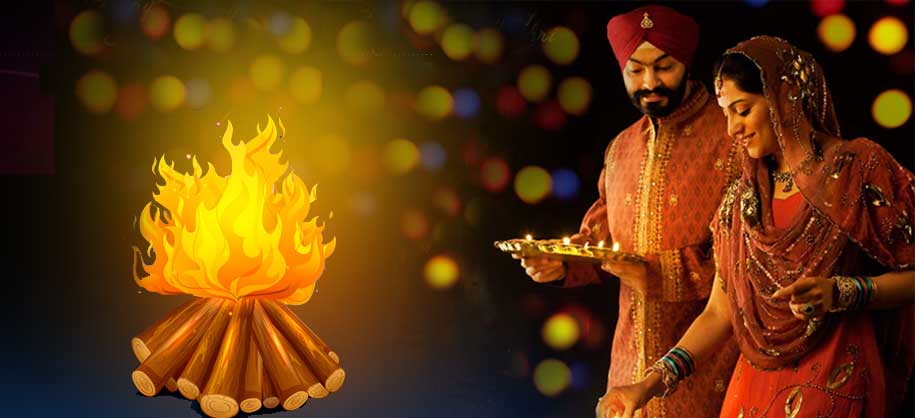
Lohri celebrations commemorate the beginning of the harvest season. It is celebrated one day before Makar Sankranti in the Northern states of India, such as Punjab, Haryana, Himachal Pradesh, Jammu, and it’s neighboring regions. Lohri marks the end of the winter solstice and the augmentation of longer sunny days due to the Sun’s journey to the Northern Hemisphere. The festival is celebrated with great fervor and grandeur across the country by Sikhs and Hindus. Traditionally, families gather around large bonfires, people dress up in traditional attire, sing folk songs, dance around the Lohri bonfire, and offer foods like rewri, gajak, popcorn, puffed rice, and others into the fire as ‘tributes’ to the gods in exchange for blessings. Lohri is considered a very auspicious harvest festival in India for newlywed couples and parents with newborn babies. Lohri is all about offering prayers and expressing gratitude to Agni (the god of fire) and Suryanarayan, the Sun God for the bounteous harvest.
Makar Sankranti: a pan-India solar festival
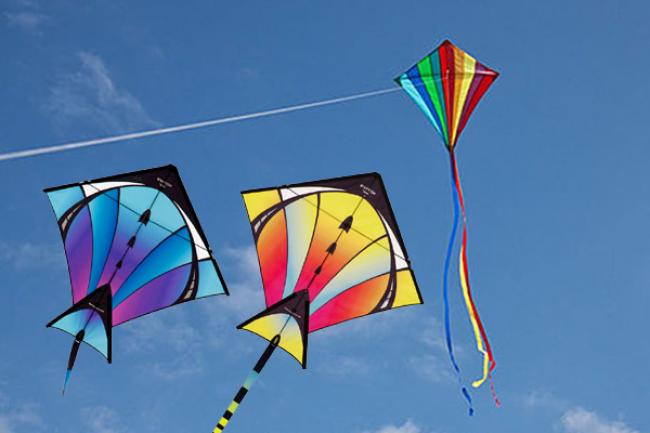
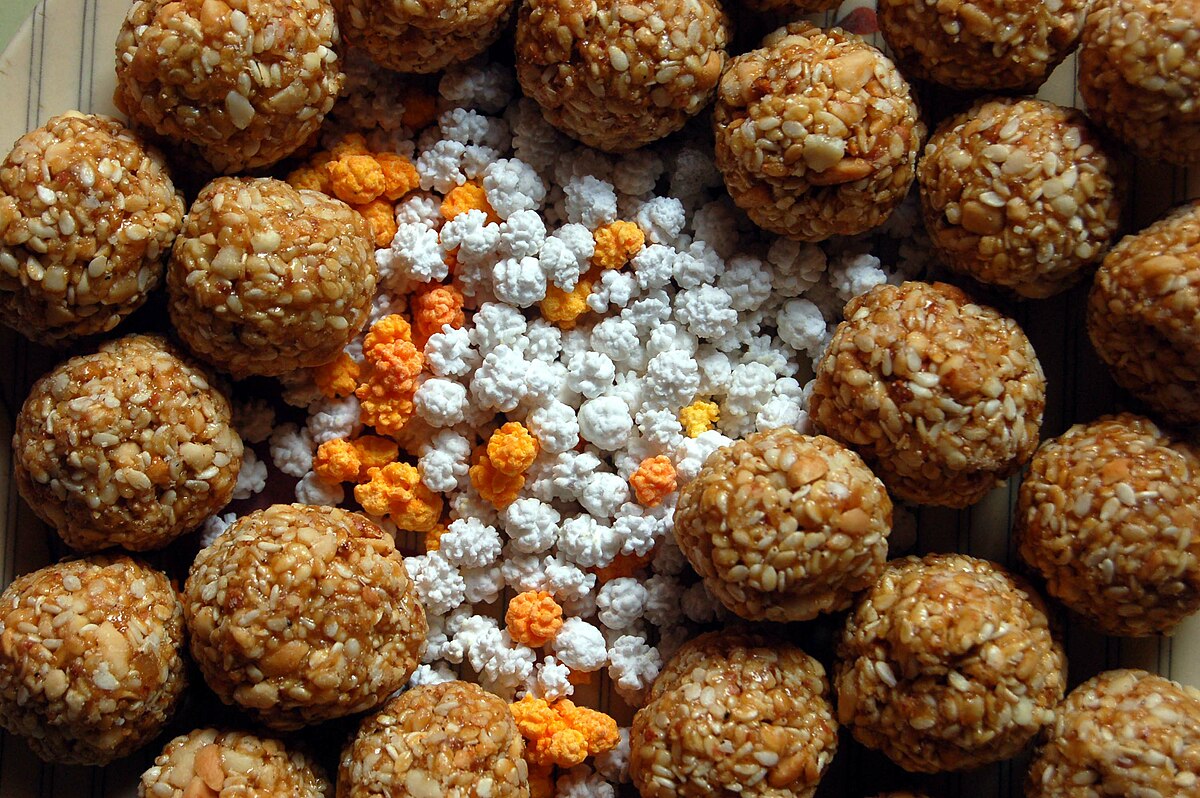
Makar Sankranti is one of the most celebrated Hindu harvest festivals in the Indian subcontinent. It is celebrated a day after Lohri. Makara’ means ‘Capricorn’. The movement of the sun into ‘Makara Raashi’ or the ‘zodiac of Capricorn’ is called Makar Sankranti. The festival marks the end of long, cold winters and the onset of long, warm, sunny days. On the day of Makar Sankranti, the Sun starts moving in the North direction, which is also known as Uttarayana. Uttarayan is the most auspicious event, considered a sign of hope and positivity. On the festival day, people take a dip in the holy waters of Ganga, Yamuna, Godavari, and Kaveri. Spiritual practices include offering prayers to the Sun God.
On this auspicious day, women clean their houses and courtyards. A traditional custom of making rangolis at the doorstep and worshipping the Sun God and other deities such as Maa Saraswati (Goddess of Knowledge) fills the air with spiritual energy. In addition, the shared cultural practices in different states include the preparation of sweets made of Til (Sesame Seeds) and Gur (Jaggery). Interestingly, the use of sesame seeds has scientific relevance. Ayurveda says that sesame seeds absorb negative energies (tamsik) and emit positive energies (sattvik).
In Gujarat, Rajasthan, and Maharashtra, kite flying is one of the significant activities on the day of Makar Sankranti. On this auspicious day, kites of various colors, shapes, and sizes adorn the skies. As the sun moves towards the North, an event also known as Uttarayan, it is believed that the Sun’s rays have positive medicinal effects on the body. After the cold, long winters, when people come out in the open to fly kites, they unknowingly get good exposure to the Sun. It is this exposure to the Sun that cleanses the body of all infections, colds, coughs, and dry skin.
Makar Sankranti is a day that marks the inception of enlightenment, peace, prosperity, goodwill, and happiness.
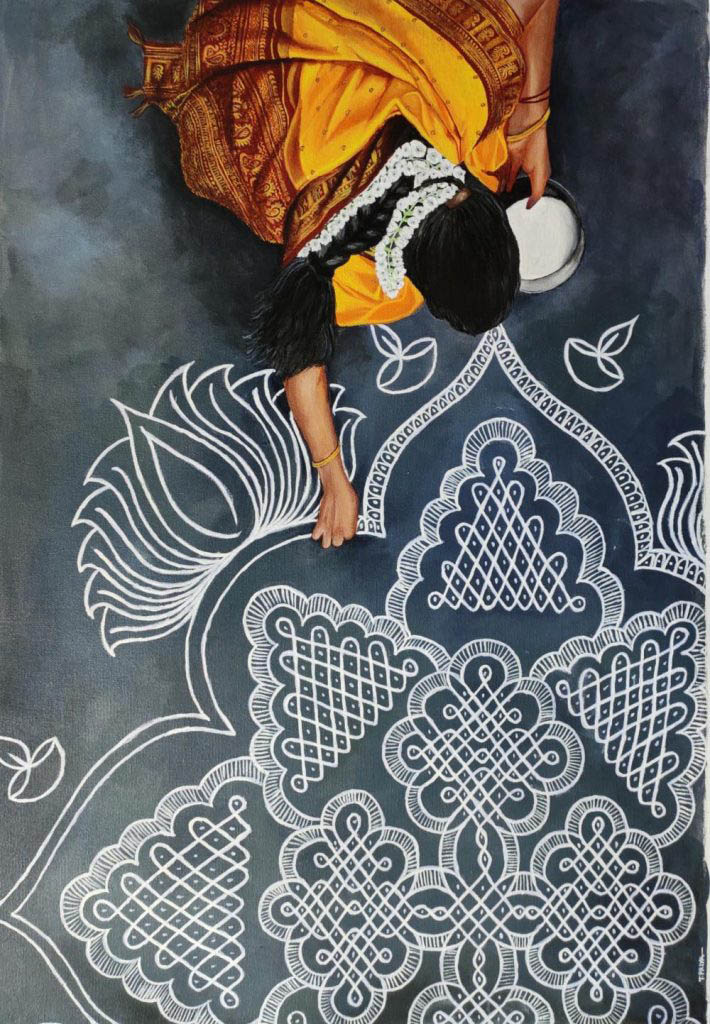



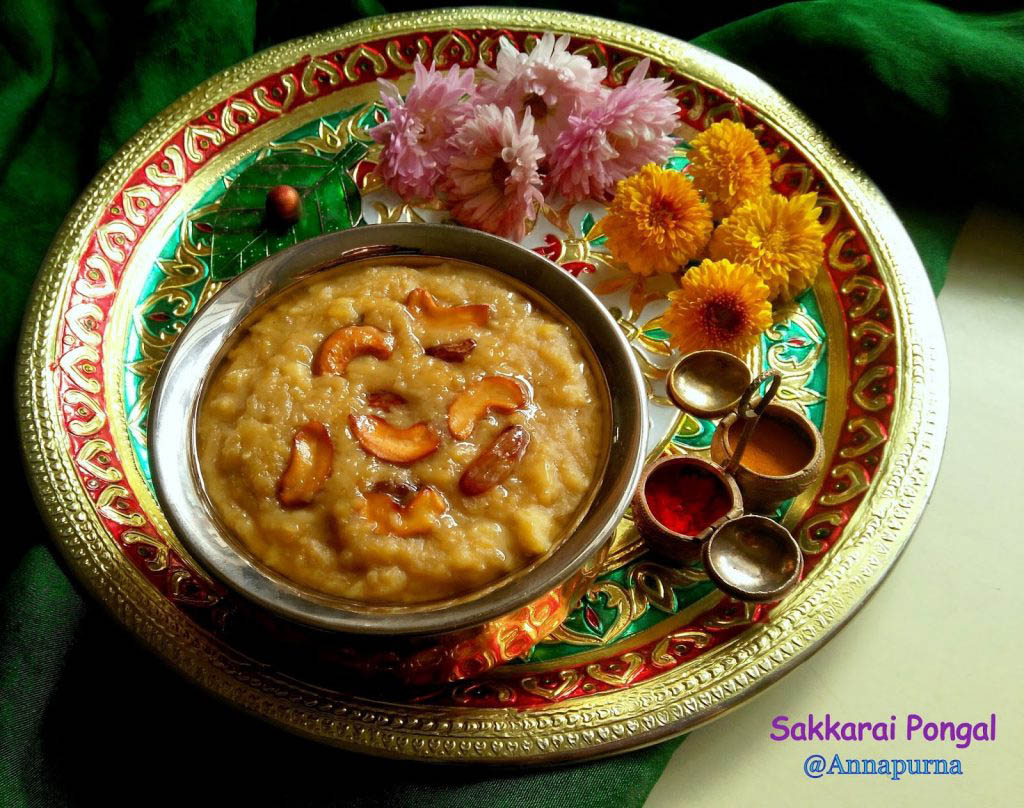
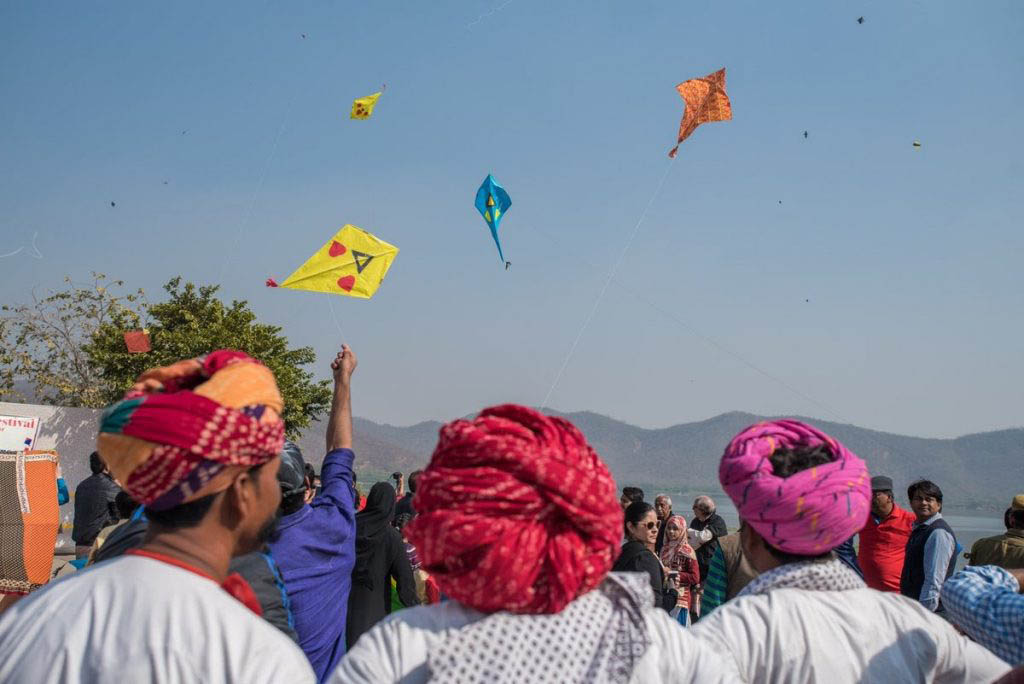
Pongal is the harvest festival of South India
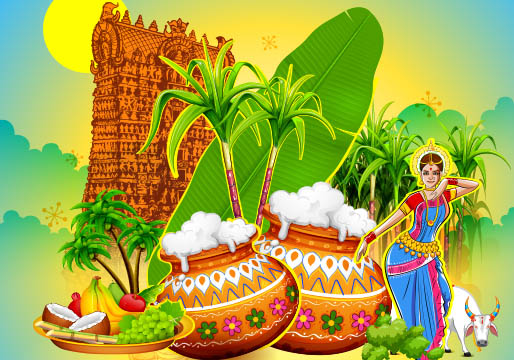
Pongal signifies tribute to the Sun God for the bountiful harvest of crops. Festive celebrations include ritual bathing and processions, offering prayers at homes and in temples, preparing delicious food, decorating houses with new items, worshipping the Sun God and cattle, and decorating cows and their horns. Women continue to make beautiful Kolam designs out of rice powder using naturally or synthetically colored powders, as has been done for centuries. People wear new clothes and spend time with family and friends. Pongal celebrations usually last for three or four days.
Pongal marks the onset of the first month of Tamil calendar. The festival symbolizes the start of the Sun’s six-month-long journey northwards (Uttarayana). It is celebrated annually around January 14 each year. Hindus consider the date auspicious and mark it as the beginning of the sun’s movement towards the zodiac Capricorn (Makarm Rashi). The festival derived it’s name from the ceremonial sweet rice pudding “Pongal,” which means “to boil, overflow”. The festivities observe the preparation of a traditional dish from the new harvest of rice boiled in milk with jaggery (raw sugar).
Bhogi Pongal: It is the first day of Pongal. On this day, people celebrate new possessions and discard old, unused belongings. People clean their houses, paint them, and decorate them to give them a festive look. Prayers are offered to Lord Indra (God of the Rains), and the horns of cattle are painted in the villages.
Surya Pongal: The second festive day is called Surya Pongal or Perum Pongal. As the name suggests, the Sun God is worshipped on this day. The day marks the start of the Uttarayana. Traditionally, sweet rice pudding, “Pongal,” made from fresh rice, jaggery, and milk, is prepared in earthen pots that are decorated with turmeric and flower garlands. Tall, fresh sugarcane stalks are placed next to the pots. During the preparation of Pongal, as the dish begins to boil, the cooks and participants blow a conch called Sanggu while others shout in joy, “Pongalo Pongal” meaning “May this rice boil over.”. This expression is symbolic of a shared wish for greater fortunes ahead. Women folk sing “Kuruvai trills,” traditional songs, while cooking Pongal dishes.
Mattu Pongal: Mattu Pongal is celebrated on the third day, a day after Surya Pongal. Mattu refers to “cattle.”. Hindus revere cattle as sacred beings and offer great honor and respect to the Cattle herd. On the day of Mattu Pongal, cattle are decorated with painted horns and flower garlands and are offered special meals. People anoint cattle with Kumkum on their foreheads and worship them. Others bathe their cattle and prostrate before them to express their gratitude.
Kanum Pongal: Kanum Pongal is celebrated on the fourth day of the Pongal festival and marks the end of Pongal festivities. On this day, families and friends gather and organize social events to strengthen relationships and bonds. Community events are organized. People dress up in new clothes, exchange gifts, seek blessings from elders, and enjoy merry moments with friends and family. Traditional music and dance fill the atmosphere with ecstatic joy.
The harvest festival is celebrated with different names in Indian states. Each Indian state has unique traditions and customs for festive celebrations. The spirit with which the festival is celebrated is the same, i.e., enthusiasm, socializing, spiritual thoughtfulness, and joyousness.
I wish you all a happy harvest season. May this festival bring great joy, happiness, and prosperity to you and your family.
If you liked reading this post, share it with your friends and family. In the comment section below, let me know how you celebrate the harvest festival at home and what traditional customs are in your hometown. That way we can enhance our knowledge of India’s rich cultural traditions.


